Força Expedicionária Brasileria (FEB)
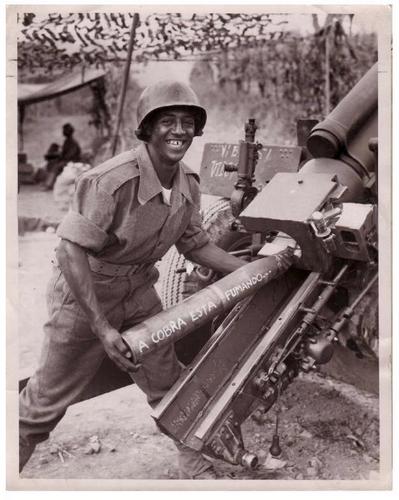
The Brazilian Expeditionary Force
A cobra está fumando
Introduction
We will begin with a brief historical overview of Brazil's participation in the war, followed by an elaboration of how Brazil could fit into Company of Heroes 2. Let's fantasize a bit, educate ourselves, and enjoy the ride.
Background
Background
Whilst Brazil was governed by a military dictatorship with fascist elements and had considerable populations of German, Italian and Japanese origin the Axis were unable to compete for influence with the greater weight and proximity of the United States. The German's good relations with Brazil’s Argentinian rivals did not help either. In addition the US were able to deliver on their promises, whilst only a tiny fraction of the German arms ordered in the 30s were ever delivered.
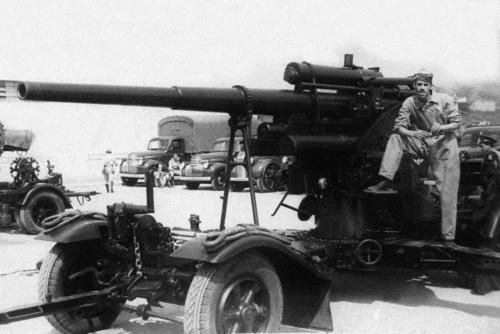
Accordingly in early 1942 the US negotiated to set up Naval and Air bases in the North East of Brazil to protect the Atlantic shipping routes – something they had had contingency plans to do so by force had it proved necessary.
As in the Great War it was U-Boat attacks on Brazilian shipping that finally brought Brazil formally into the war in August 1942. Unlike then however Brazil resolved to send an expeditionary force to Europe. In this her leaders were motivated partially by a desire to obtain more modern equipment via lend lease, as well as up to date operational experience in their use, but also to enhance Brazil’s position as a valuable US ally and partner.
Training and Equipment
Training and Equipment
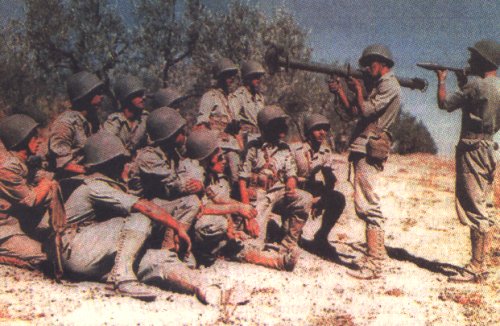
Before entering the war the Brazilian armed forces had mostly obsolete equipment of varied origin and had looked to France for doctrine. The French, being the major victors of the First World War, had possessed considerable prestige right up until the debacle of 1940; whilst Brazil had not seen major conflict since the War of the Triple Alliance (1864-1870).
Despite ambitious plans to send a corps of 4 divisions, in the event 26,000 personnel were dispatched to the ETO. The bulk of these personnel formed a single infantry division with support elements that was to be equipped and trained according to US TOE and doctrine. Another 500 were air force personnel in two squadrons.
Organising, shipping and training took time, so much so that “it is more likely to see a snake smoking a pipe than a Brazilian fighting in Europe”. Smoking snakes being roughly equivalent to flying pigs at this time. This would be adopted as the divisional insignia and eventually see a 180 degree reversal of meaning - not something that is never going to happen, but something that is certain to happen and with great ferocity and violence when it does.
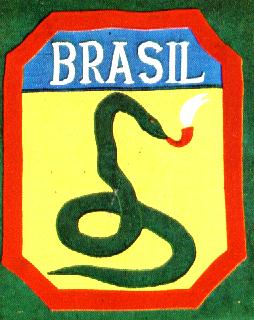
Deployment
Deployment
Whilst it was initially planned that the FEB would deploy to Africa, that campaign was long over by the time they were ready to ship overseas. It was not until July 1944 that the first elements of the FEB arrived in Italy, in part serving to replace US and French forces withdrawn from Italy to participate in Operation Dragoon – the invasion of Southern France. In most cases there was only the opportunity for the most basic of in-theatre training and familiarisation before they were committed to combat beginning in September.
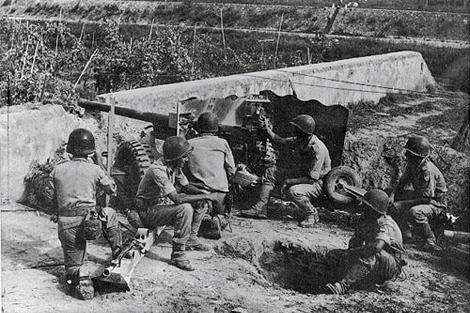
The division as a whole was finally deployed in November and participated in the attacks on the Gothic Line launching unsuccessful attacks upon the Germans at Monte Castello.
The initial combat actions demonstrated courage, but also showed a lack of training and experience. In mid-December offensive actions were halted for the winter; despite temperatures falling to -20 degrees Celsius the FEB continued to conduct patrols and raids at a high tempo whilst repelling German efforts at the same.
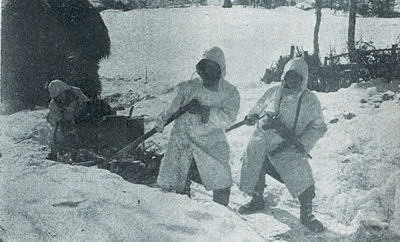
It was not until February 1945 that large scale offensive operations were resumed, the FEB finally taking the positions at Monte Castello that had eluded them the previous year and driving further through the mountains. April saw the FEB's largest battle when all three regiments attacked and took Montese supported by US tanks and tank destroyers. Allied forces then exploited rapidly as the German position in Italy disintegrated.
The campaign in Italy would cost Brazil nearly 1,000 dead across all services.
Sea
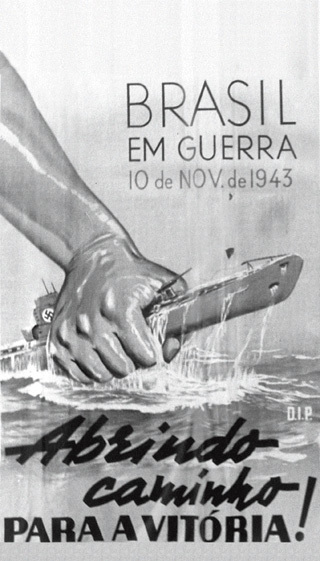
As previously noted Brazil was brought into the war as a result of U-Boat attacks upon her shipping and as in the Great War the Brazilian Navy would be committed to ASW efforts in the Atlantic. Her largely obsolete ships would be supplemented by US built Submarine Chasers and Destroyer Escorts, as well as some locally built fleet destroyers.
9 U-boats were confirmed killed off the Brazilian coast, though Brazilian forces contributed to only one of these and the bulk of the sinkings were made by US forces. Overall Brazil would conduct over 500 convoys escorting over 3000 ships and lose 32 merchant vessels, 3 Naval ships and nearly 2,000 dead.
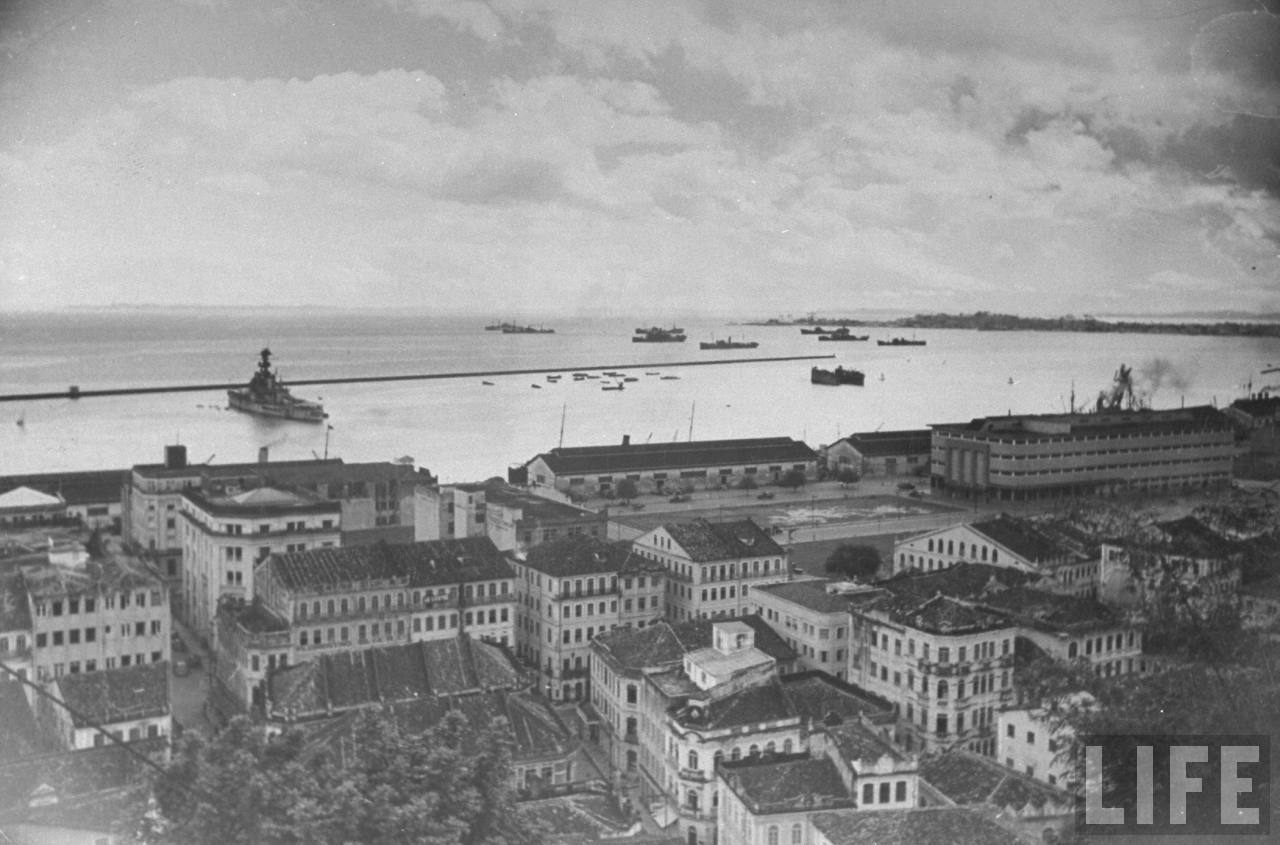
Air
Air
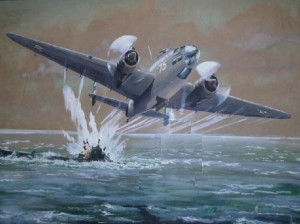
A large part of Brazil's effort in the air was on patrolling her long coasts for U-Boats, however this did mean that when the time came to deploy forces abroad there was an experienced cadre of pilots available.
Two squadrons would be deployed to Italy:
Esquadrilha de Ligação e Observação (Liason and Observation squadron) would be committed to artillery observation in direct support of the FEB and nearby, mostly British, forces. Despite being told that only 1 in 10 might survive the squadron suffered no losses in action.
Grupo de Aviação de Caça (Fighter Group) was integrated into USAF as one of 4 squadrons in 350th Fighter Group and as such would operate all over the front, rarely directly supporting the FEB directly. Initial training was on P-40s, but the squadron would convert to P-47s before deployment, commencing operations 31/10/44.
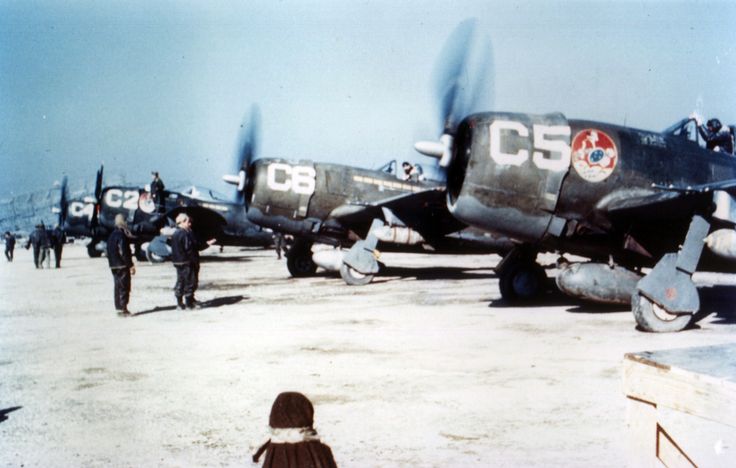
As the Luftwaffe was rarely in the air the Brazilians were only able to achieve two air to air kills and spent most of their war in fighter-bomber missions. Eventually the squadron would be responsible for only 5% of the missions flown by XXII Tactical Air Command, but be credited with a considerable amount of the Commands destruction of ground targets:
- 85% of munitions depots
- 36% of fuel depots
- 28% bridges
- 15% vehicles
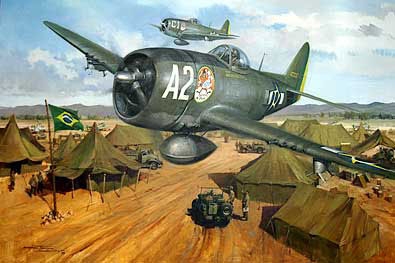
Rubber
Rubber
Brazil was to became a crucial supplier of rubber to the allied war effort, as much of the production in Asia had been overrun by the Japanese. In order to increase production by 150% over 50,000 workers were conscripted and transported into the Amazon. Many would die, and the promises of return to their original homes after the war and similar benefits to the fighting troops were not kept.
Integration into the Game
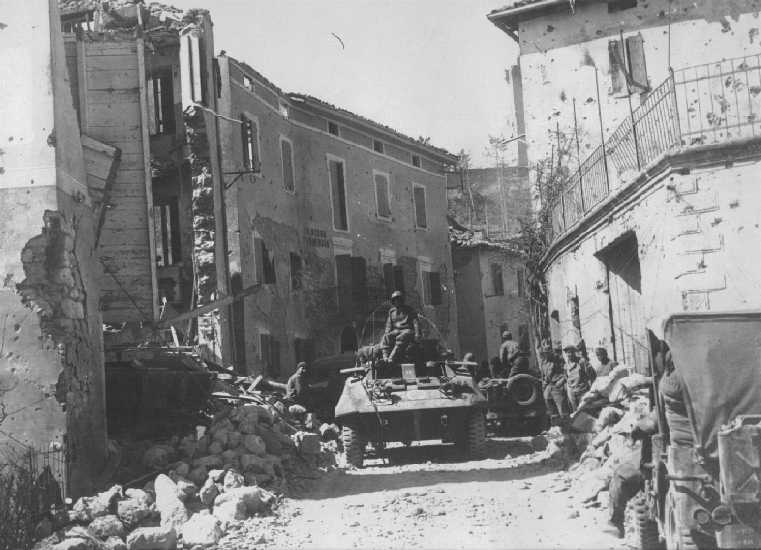
As a unit organised, and largely equipped, upon US lines it would make sense to consider the FEB a variant US Commander. 5 Commander Abilities should be sufficient to provide flavour and sufficient differentiation. As the M8 Greyhound was the FEBs heaviest organic combat vehicle, it makes perfect sense for that to be available.
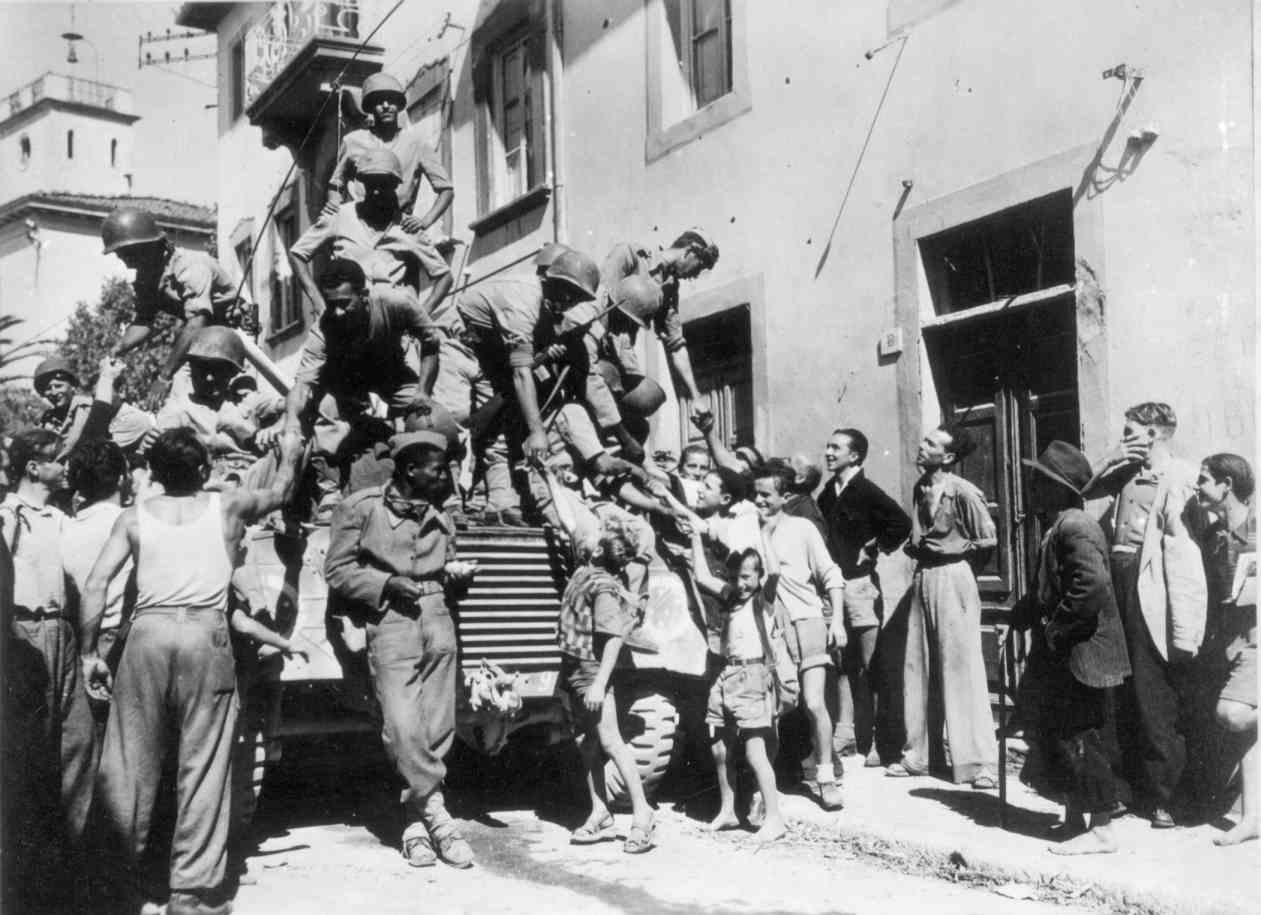
Whilst the Fighter Group's P-47s rarely directly supported their own ground troops, there is a certain logic to putting them together to reflect this aspect of Brazil's war. In addition they can use features that exist in Ardennes Assault, but not yet in multiplayer – exactly as in Able company’s abilities: A P-47 machine gun strafe – something the US don’t otherwise have in MP & the directed P-47 Rocket Strafe. This latter reflects the fact that the Brazilians mostly targeted dumps and fixed positions rather than vehicles. In effect this makes it more like a bomb strike than the free roaming armour hunting of the Airborne commander.
This leaves two slots, I considered against using one of them for artillery support – though that could be justified. Instead we will give them a recon flight to reflect the other Brazilian Air contingent.
For the final slot, I have chosen to reflect the fact that some the early forces lacked the semi-automatic Grand and given them a 0CP call in unit that has only bolt action rifles and generally indifferent training.
0 CP - Pracinhas
0 CP - Pracinhas
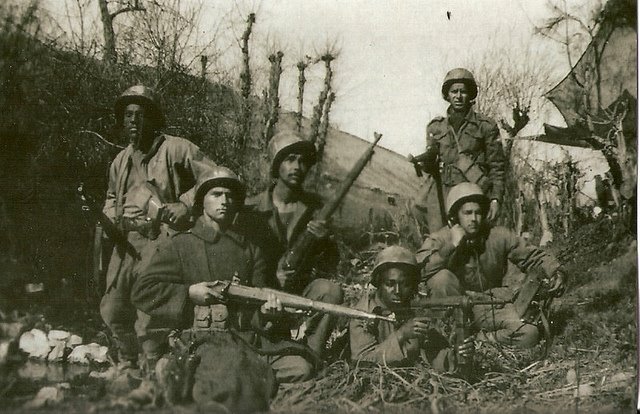
Similar to normal Riflemen with but with bolt action Springfields not Garands. These should initially be underwhelming – better than Osttruppen, though worse than Grens and Cons. They do however have access to US upgrades and should also have good vet.
3CP - M8 Greyhound
3CP - M8 Greyhound
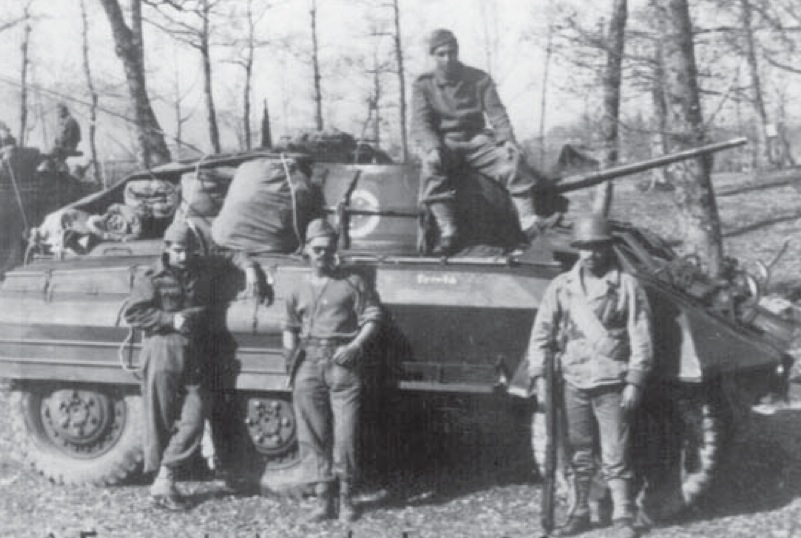
4CP - Recon Flight
4CP - Recon Flight
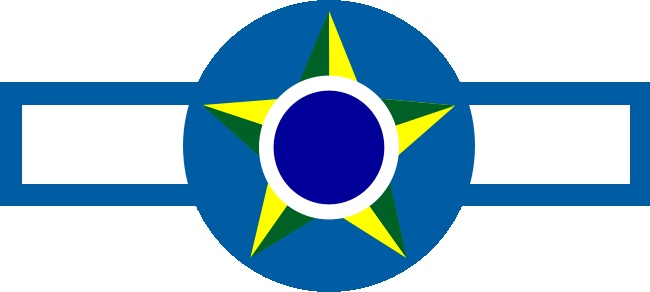
6CP - P47 Strafe
6CP - P47 Strafe
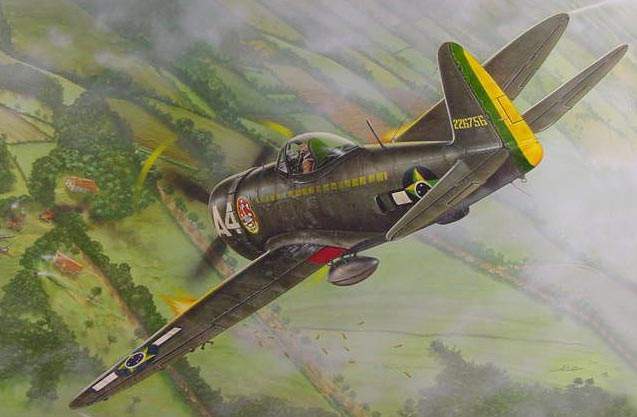
More or less as in Ardennes Assault for ABLE Company.
12 CP - P47 Rocket Strafe
12 CP - P47 Rocket Strafe
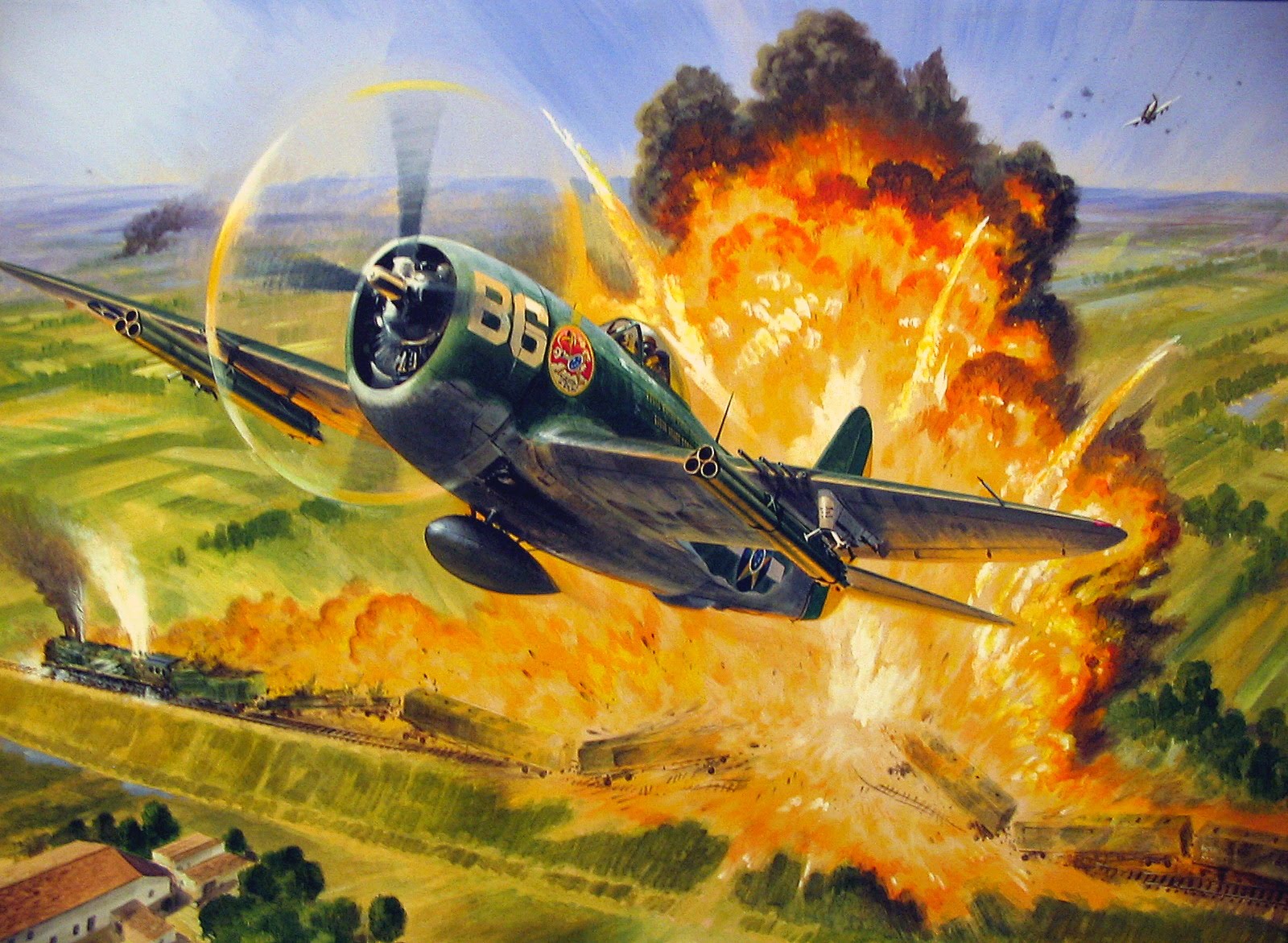
More or less as in Ardennes Assault for ABLE Company. This is targeted run rather than an area attack, so has different uses.
Final Words
I hope you enjoyed this feature! We will be able to bring you more like it if there is the demand. In addition to those credited, I would also like to thank Nigo for providing so many of the images!
Which nations and factions would you like to see in Company of Heroes 2?












 cblanco ★
cblanco ★  보드카 중대
보드카 중대  VonManteuffel
VonManteuffel  Heartless Jäger
Heartless Jäger 